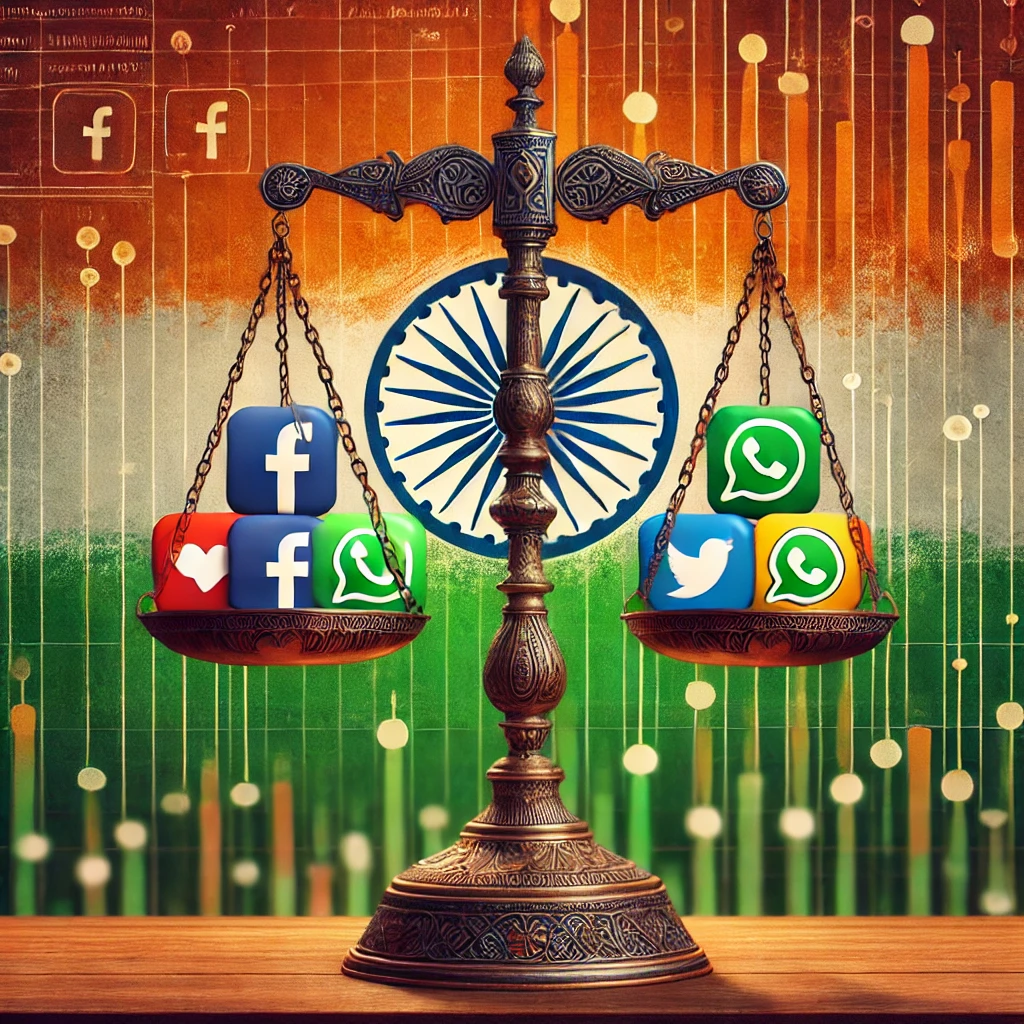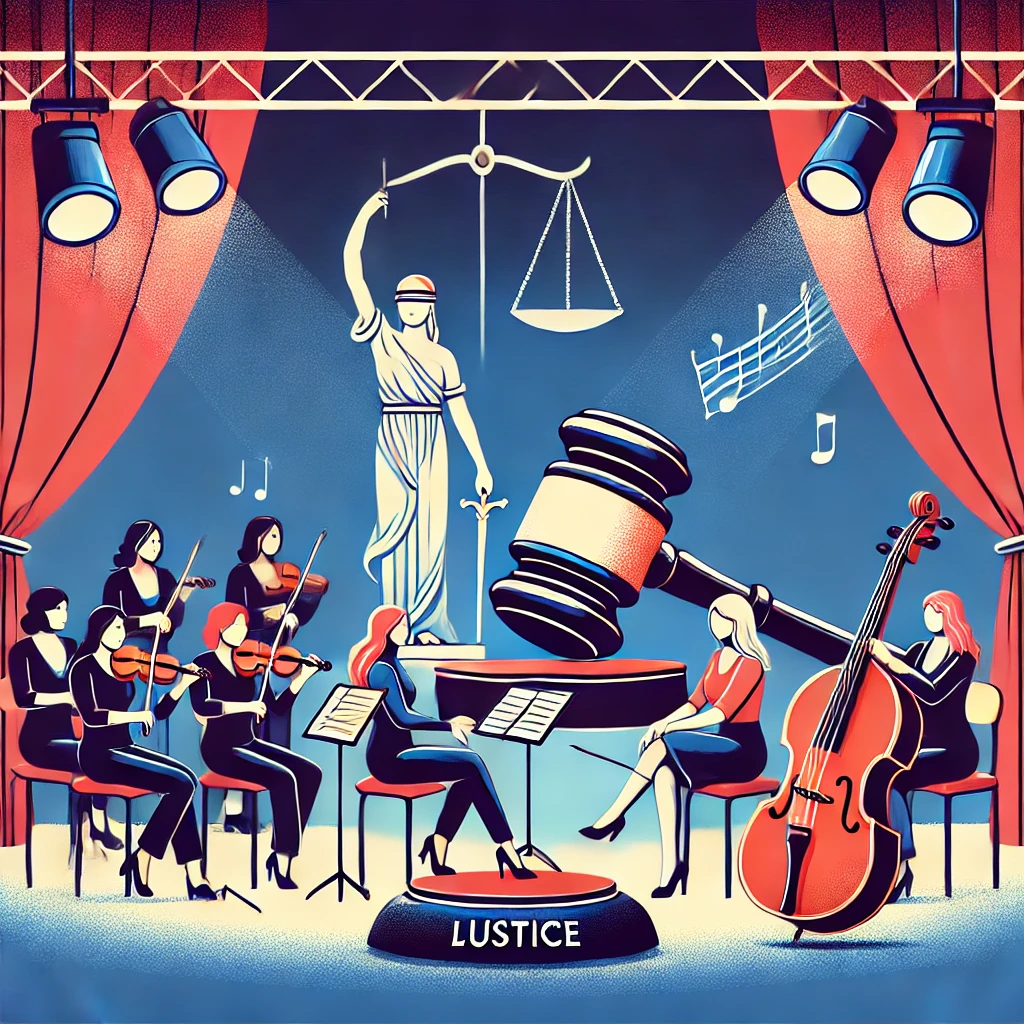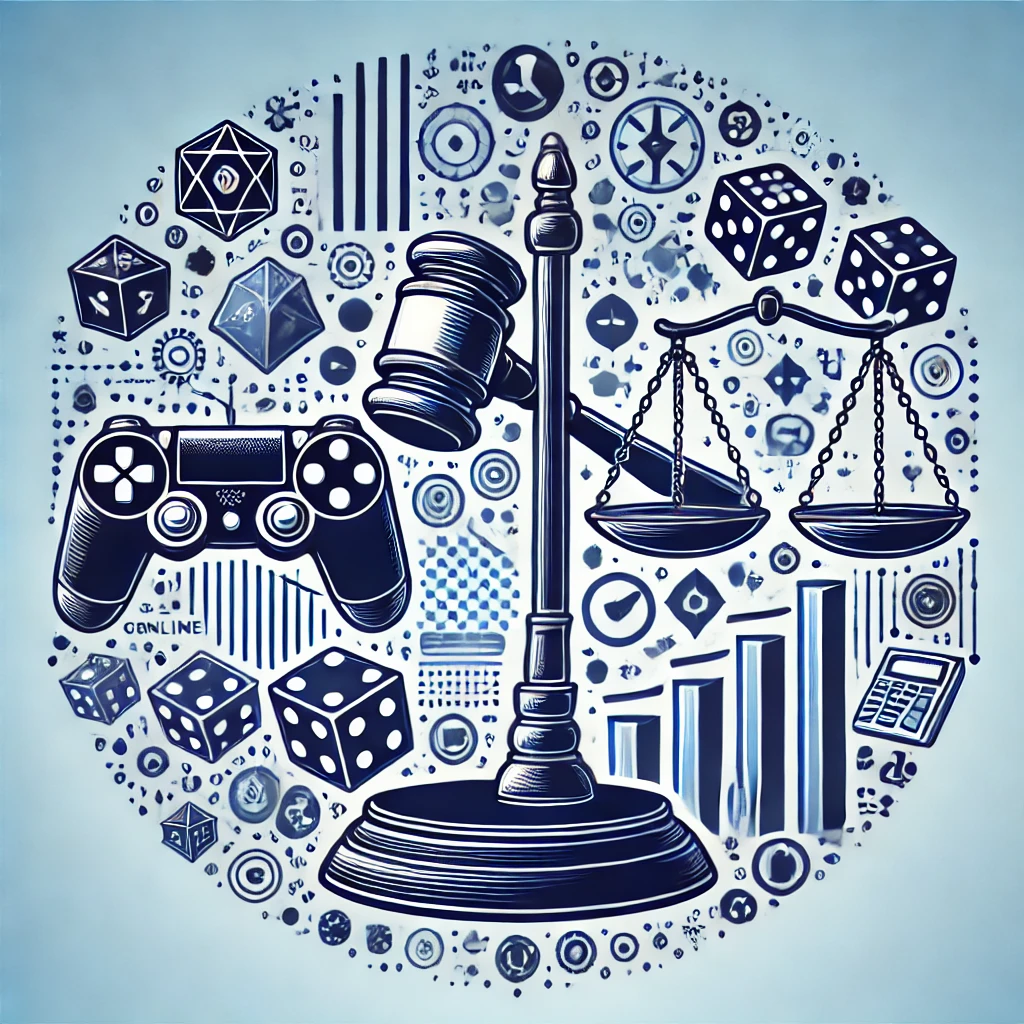Copyright Protection and Infringement under Entertainment Law
I. Introduction
In the realm of entertainment law, copyright is the legal protection granted to original creative works. This protection ensures that the creators (or rightful owners) of works such as music, films, scripts, performances, and artwork have exclusive rights to use and profit from their creations.
When someone uses a copyrighted work without permission, it may constitute copyright infringement, which can result in civil or criminal liability.
II. What Can Be Copyrighted in Entertainment
In the entertainment industry, copyright protection typically covers:
Literary works (scripts, screenplays, lyrics)
Musical works (composition, lyrics, sheet music)
Sound recordings
Dramatic works (stage plays, choreography)
Audiovisual works (films, TV shows, YouTube videos)
Artistic works (set designs, album covers)
Software used in games and production tools
To qualify for protection, the work must be:
Original
Fixed in a tangible medium of expression (e.g., written, recorded, filmed)
III. Exclusive Rights of Copyright Holders
The creator or legal owner has the exclusive right to:
Reproduce the work
Distribute copies
Publicly perform or display the work
Create derivative works
License or assign the work to others
These rights can be licensed (sold or rented) for use in films, advertisements, music recordings, etc.
IV. Copyright Infringement in Entertainment
Copyright infringement occurs when any of the above rights are used without authorization. In the entertainment context, infringement can occur through:
Copying or remixing a song without permission
Unauthorized adaptation of a screenplay or book
Broadcasting or streaming a film without rights
Sampling a sound recording
Using copyrighted background music in YouTube content
Distributing pirated versions of films or albums
V. Key Elements of Copyright Infringement
To prove infringement, the following must typically be established:
Ownership of a valid copyright
Copying of protected elements
Access to the original work by the alleged infringer
Substantial similarity between the original and the infringing work
VI. Defenses Against Copyright Infringement
Common defenses include:
Fair Use (e.g., for parody or criticism)
Independent creation (no access to original work)
Lack of originality
License or permission was obtained
VII. Remedies for Infringement
Injunctions to stop continued infringement
Monetary damages (actual or statutory)
Profits earned from the infringement
Seizure or destruction of infringing copies
VIII. Case Law on Copyright Infringement in Entertainment
🧑⚖️ Case 1: Harper & Row v. Nation Enterprises (1985)
Facts: The Nation magazine published excerpts from Gerald Ford’s unpublished memoir without permission.
Issue: Was this "fair use"?
Ruling: The court ruled it was not fair use.
Significance:
Even partial use of copyrighted material without permission is infringement, especially if it affects market value.
In entertainment, pre-released scripts or recordings leaked without consent can be actionable.
🧑⚖️ Case 2: Bright Tunes Music v. Harrisongs Music (1976)
Facts: George Harrison’s song "My Sweet Lord" was claimed to have copied "He’s So Fine" by The Chiffons.
Ruling: The court found unconscious copying.
Significance:
Even subconscious similarities can be infringement.
In music and film, artists must ensure they’re not unintentionally copying others' works.
🧑⚖️ Case 3: Paramount Pictures v. Axanar Productions (2017)
Facts: A Star Trek fan film closely resembled the Star Trek universe without permission.
Ruling: The court held that the fan film infringed on copyright, even though it was not-for-profit.
Significance:
Fan works and parodies can still infringe if they mimic substantial elements of protected works.
🧑⚖️ Case 4: Rogers v. Koons (1992)
Facts: Artist Jeff Koons created a sculpture based on a copyrighted photograph without licensing it.
Ruling: Court held this was infringement.
Significance:
Even transformative works can infringe if they borrow too heavily from the original without permission.
Applies to entertainment fields like visual arts, props, or set design.
🧑⚖️ Case 5: Warner Bros. v. RDR Books (2008)
Facts: A fan wrote the "Harry Potter Lexicon", which Warner Bros. claimed infringed on J.K. Rowling’s copyrights.
Ruling: The book was found to infringe because it copied substantial portions of the work.
Significance:
Publishing derivative or companion content without rights can be infringement.
Important in transmedia storytelling and spin-off markets.
IX. Summary Table
| Aspect | Description |
|---|---|
| Protection | Original creative works fixed in a tangible form |
| Owner's Rights | Reproduce, distribute, perform, display, create derivatives |
| Infringement | Unauthorized use of any protected rights |
| Key Cases | Harper & Row, Bright Tunes, Axanar Productions |
| Remedies | Injunction, damages, profit recovery |
| Defenses | Fair use, independent creation, licensed use |
X. Conclusion
In the entertainment industry, copyright protection is the foundation of creative control and economic value. Creators, producers, and distributors must respect copyright boundaries or face potentially severe legal consequences. Through litigation and licensing, entertainment law ensures that intellectual property is treated as a protected asset—not just an idea, but a right with enforceable value.












0 comments